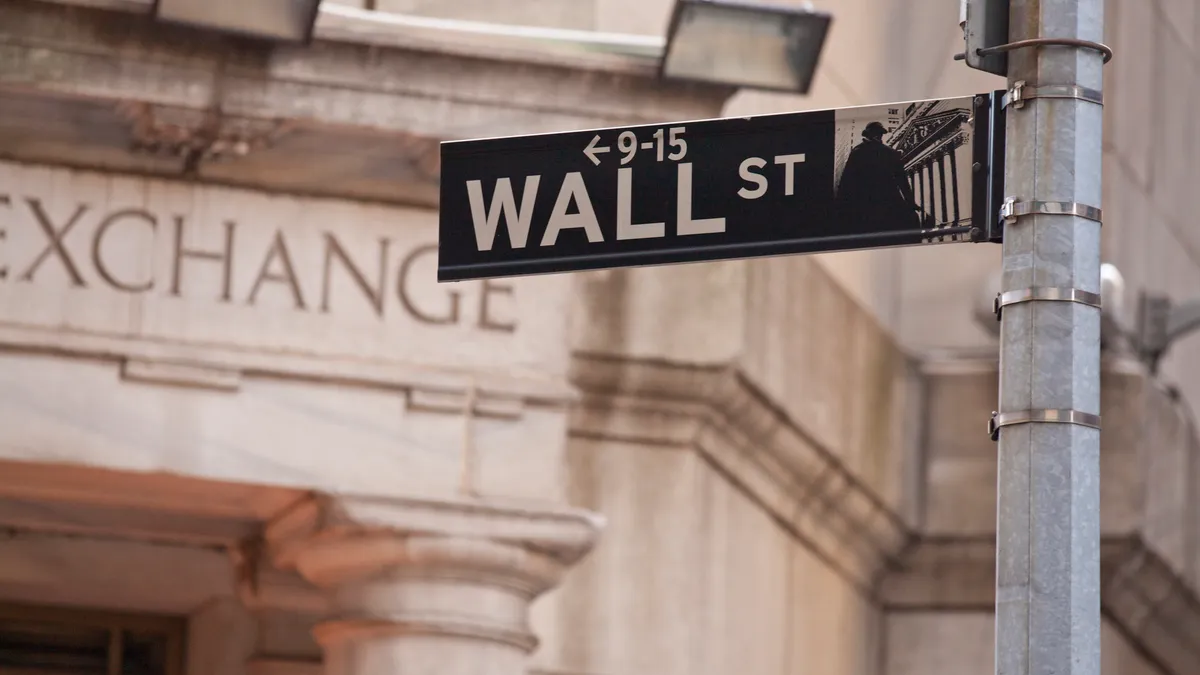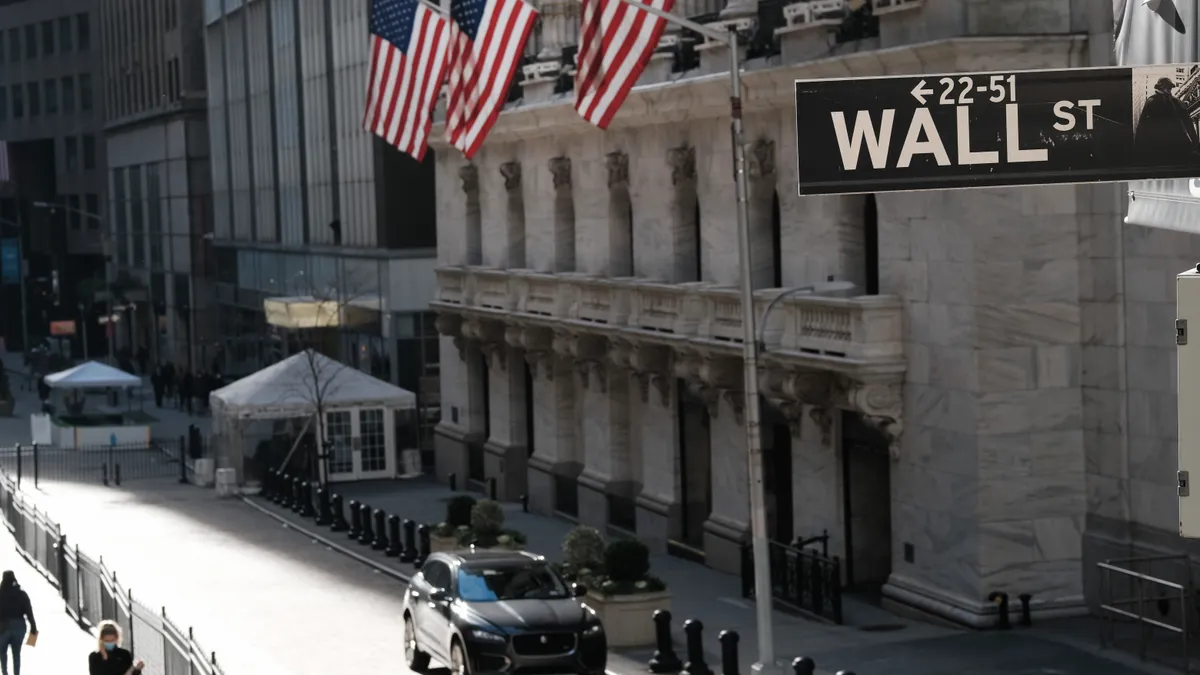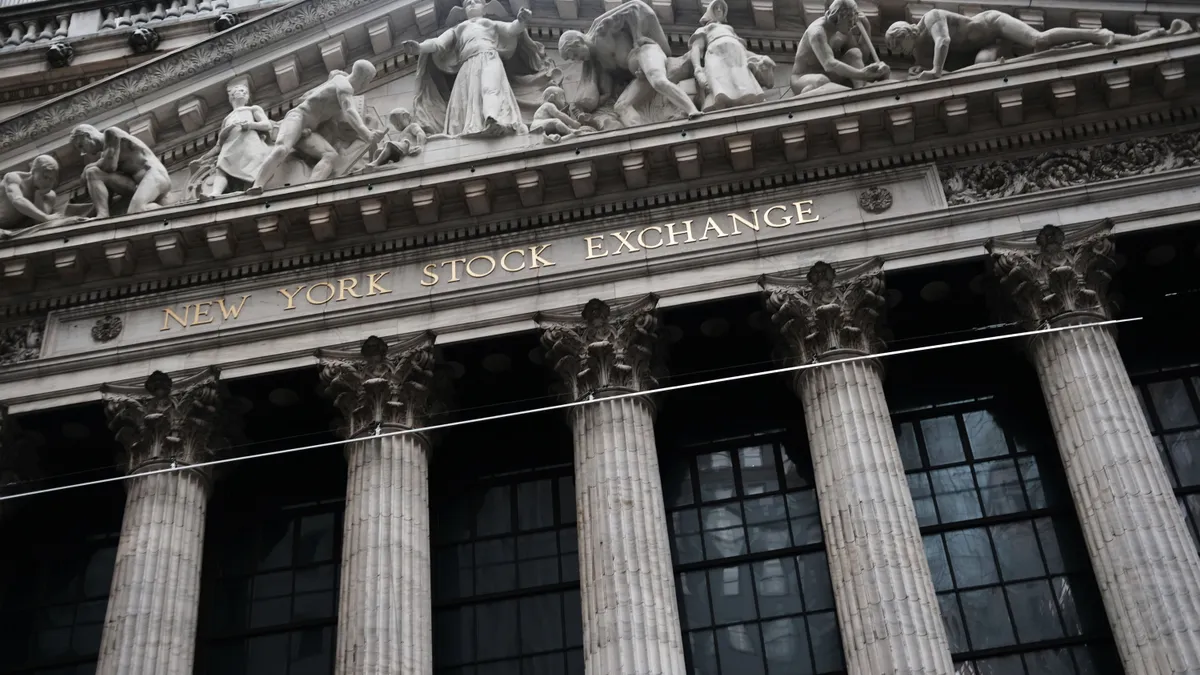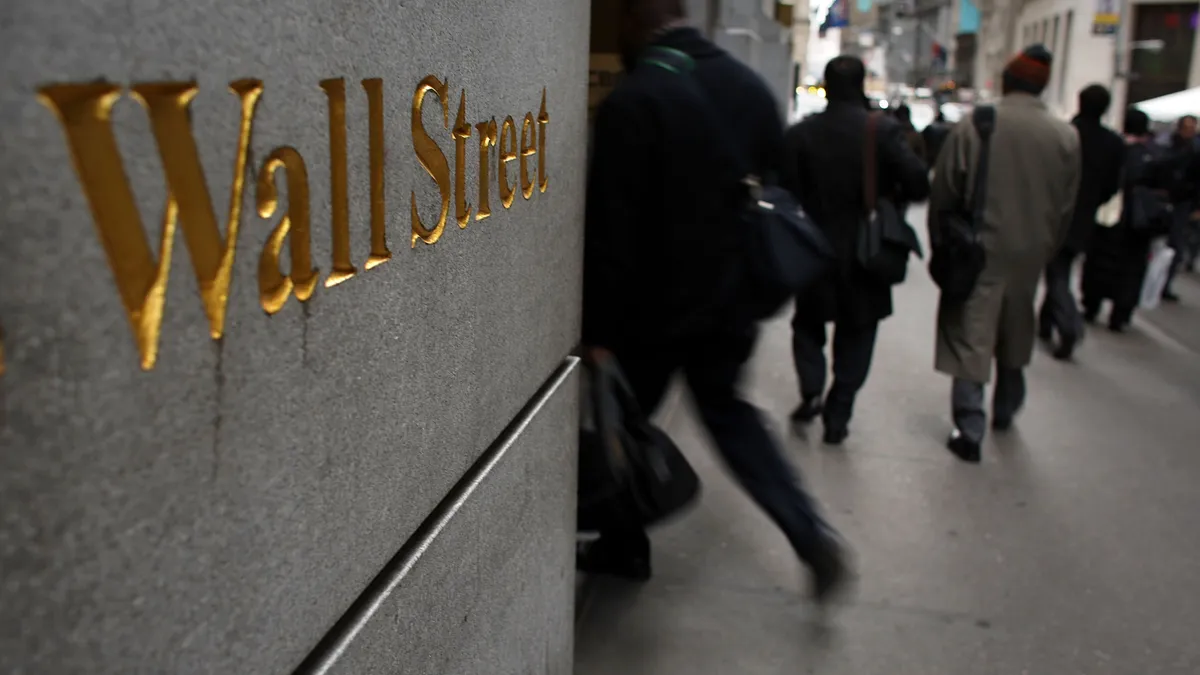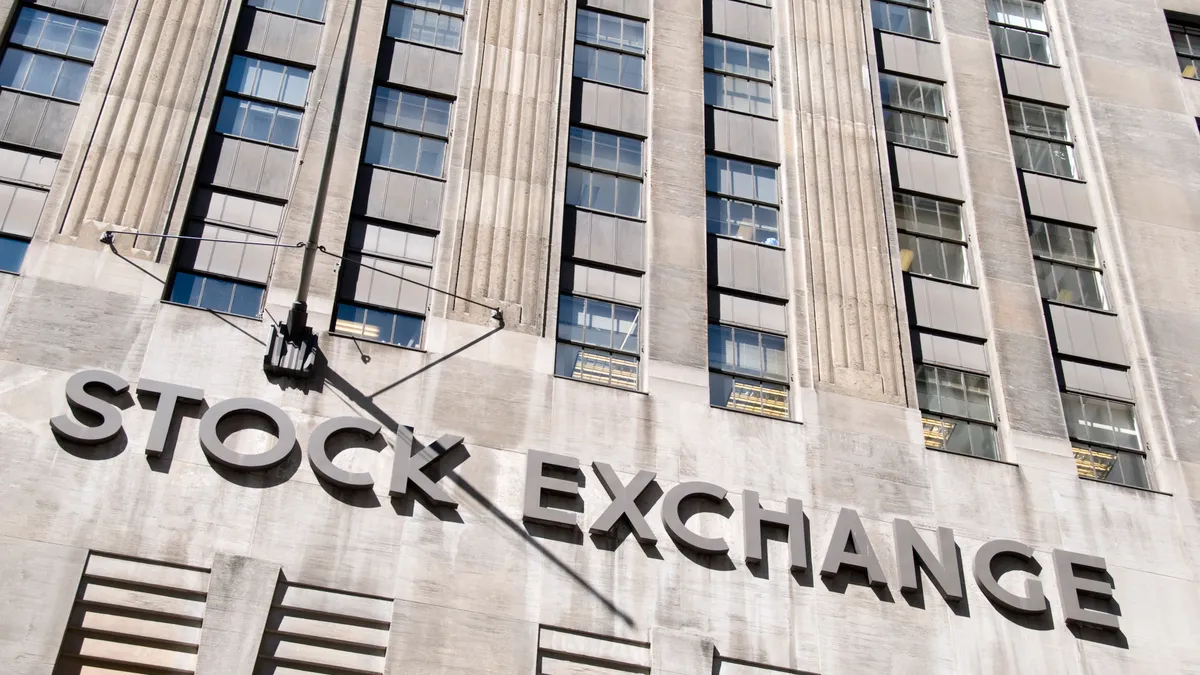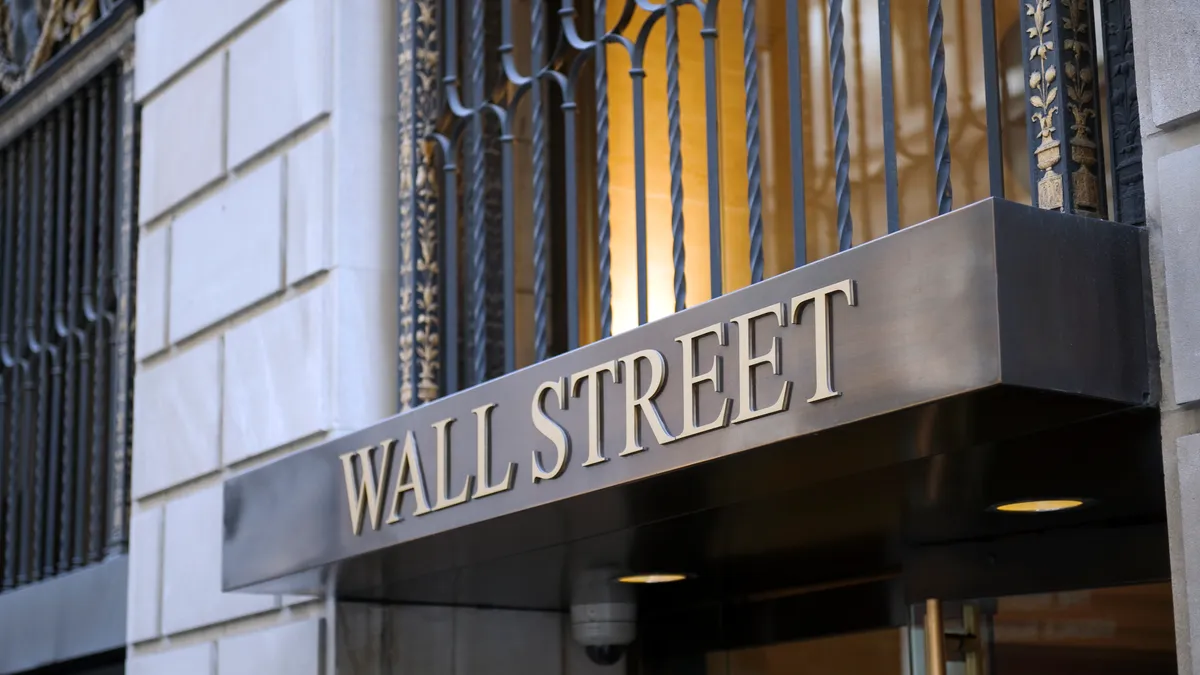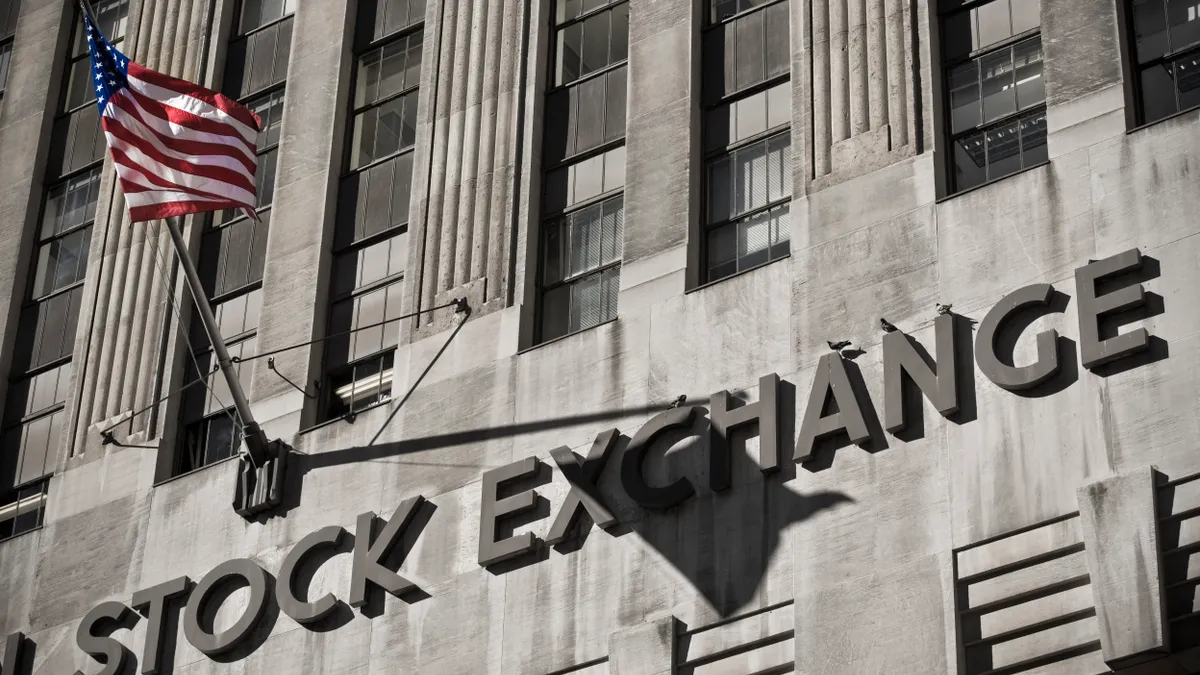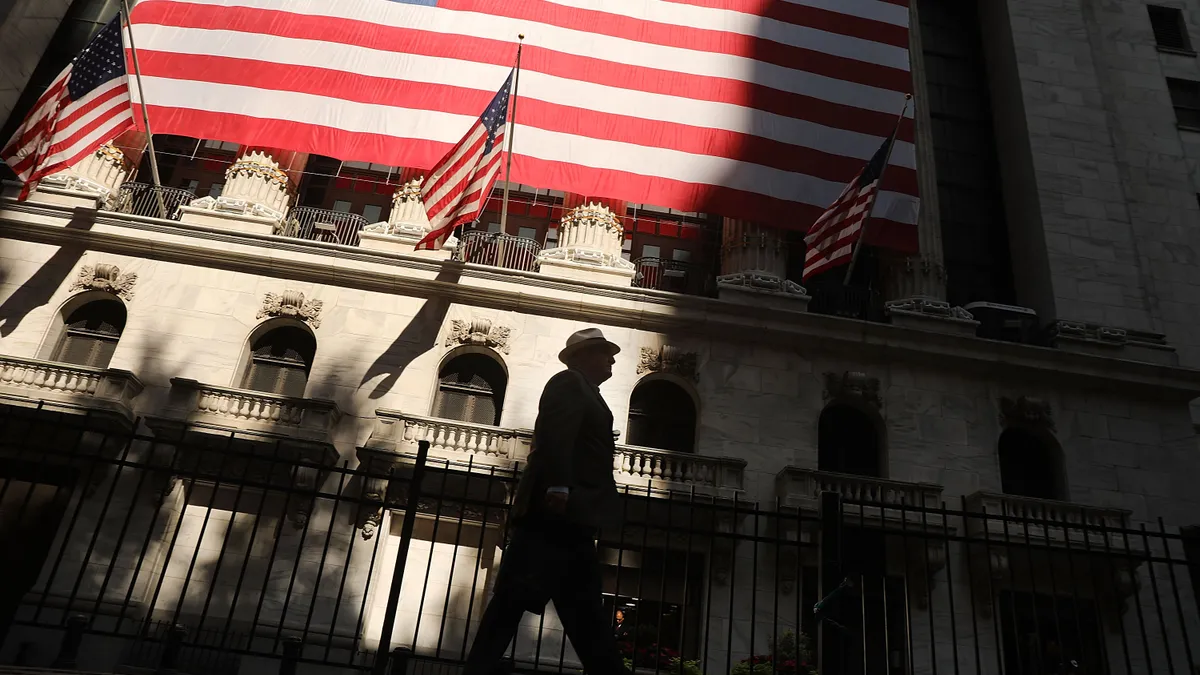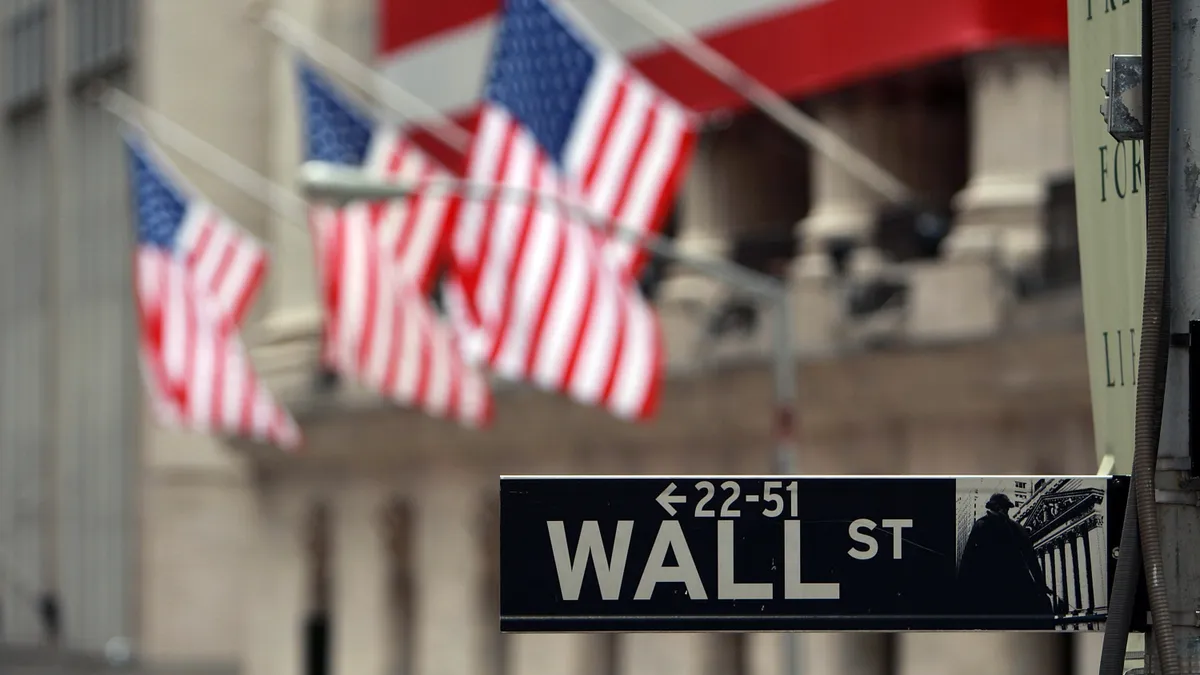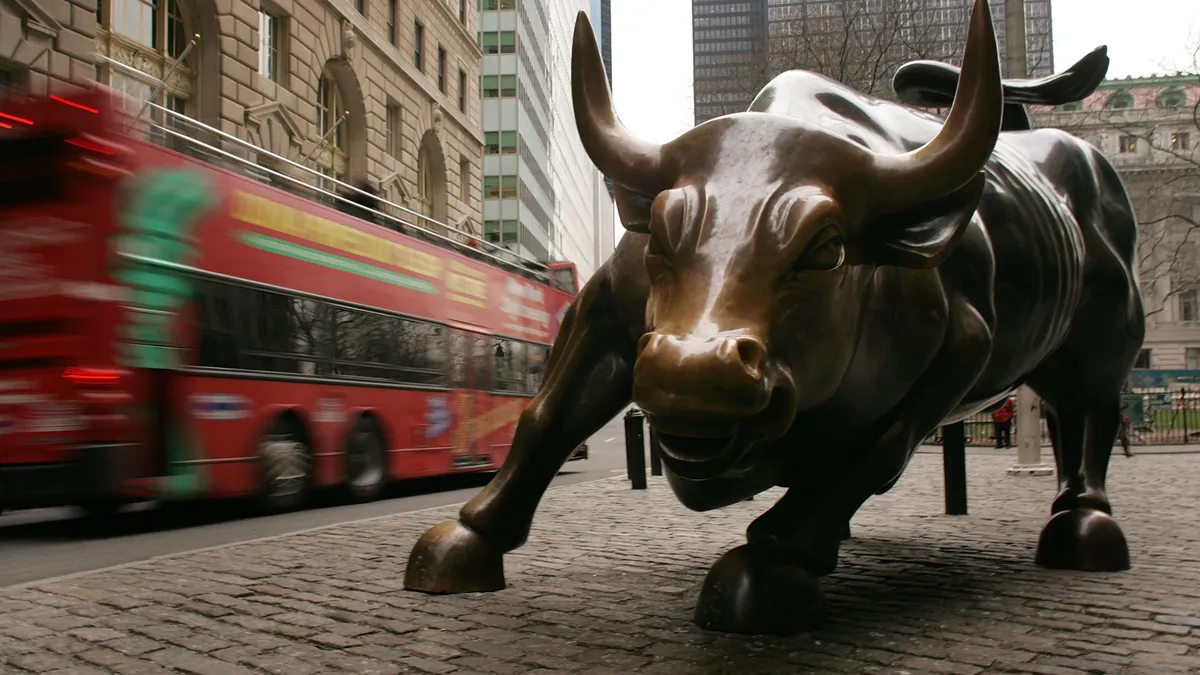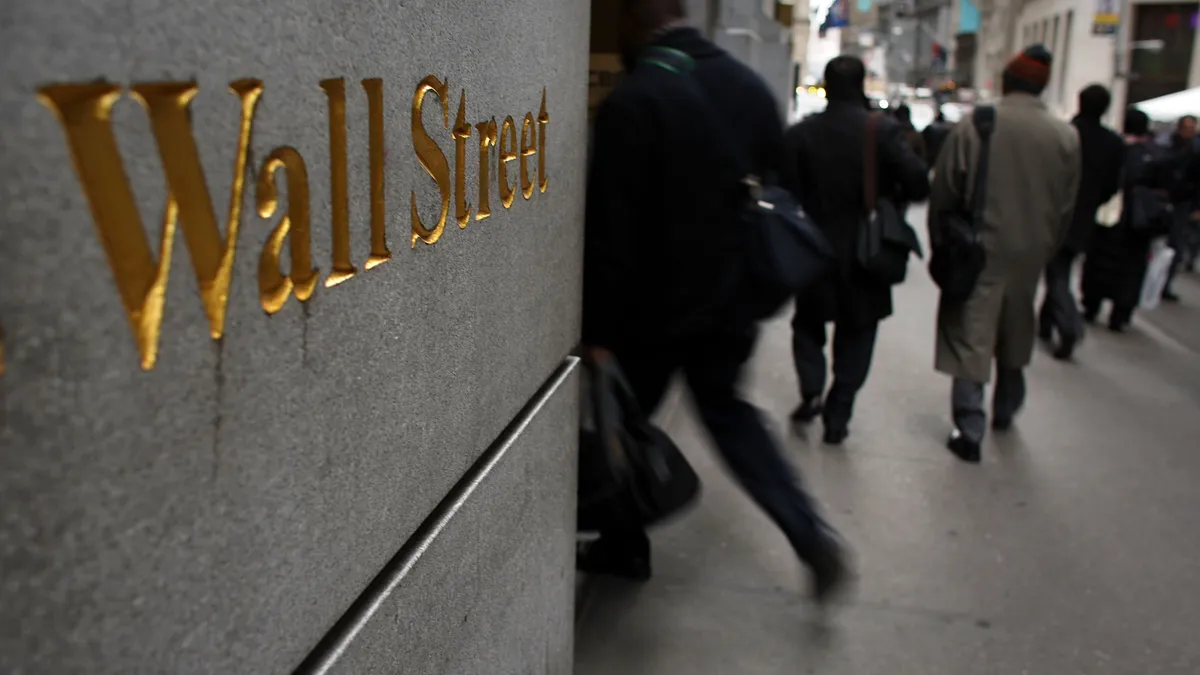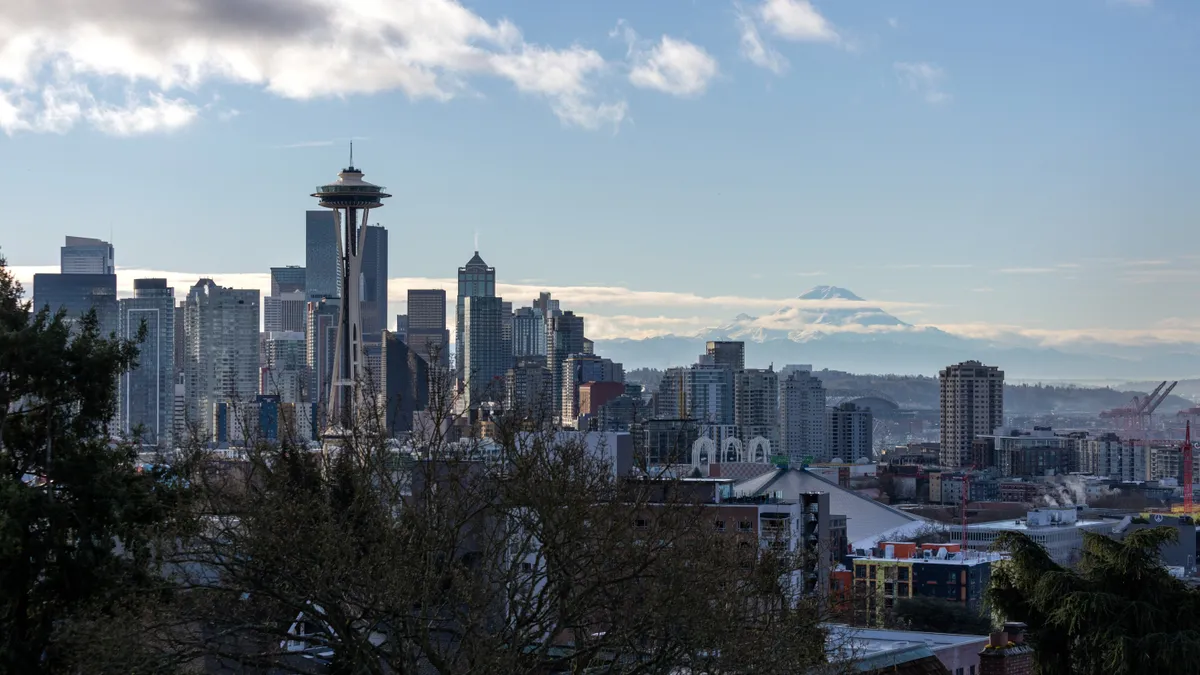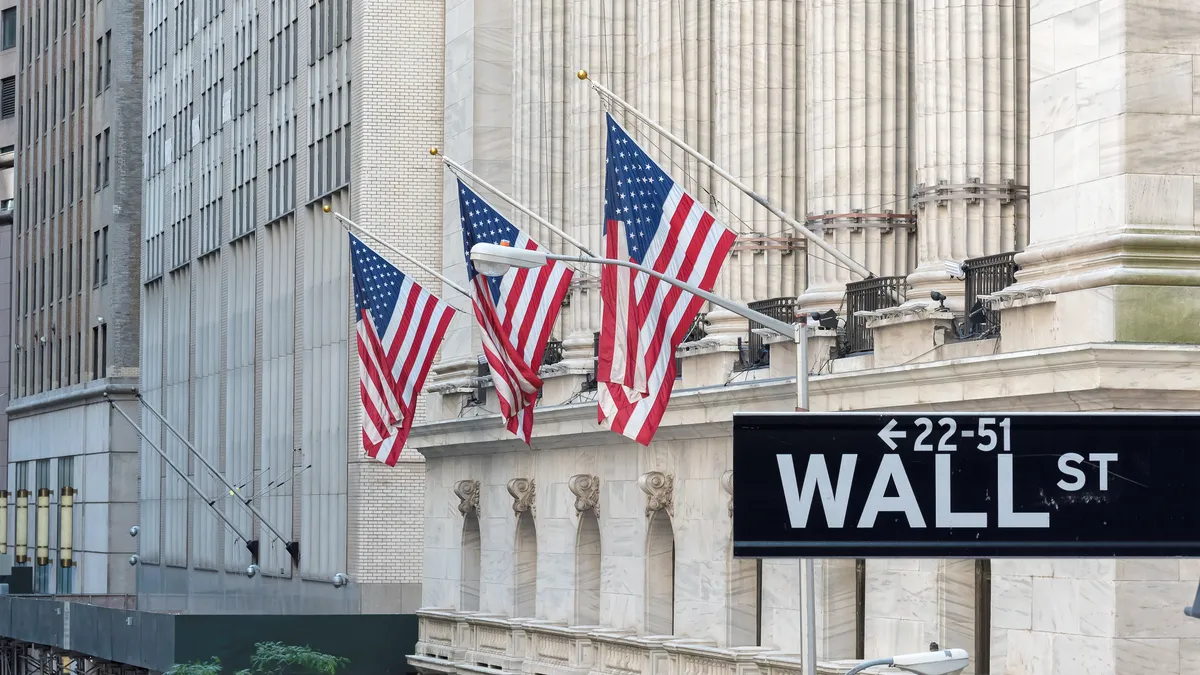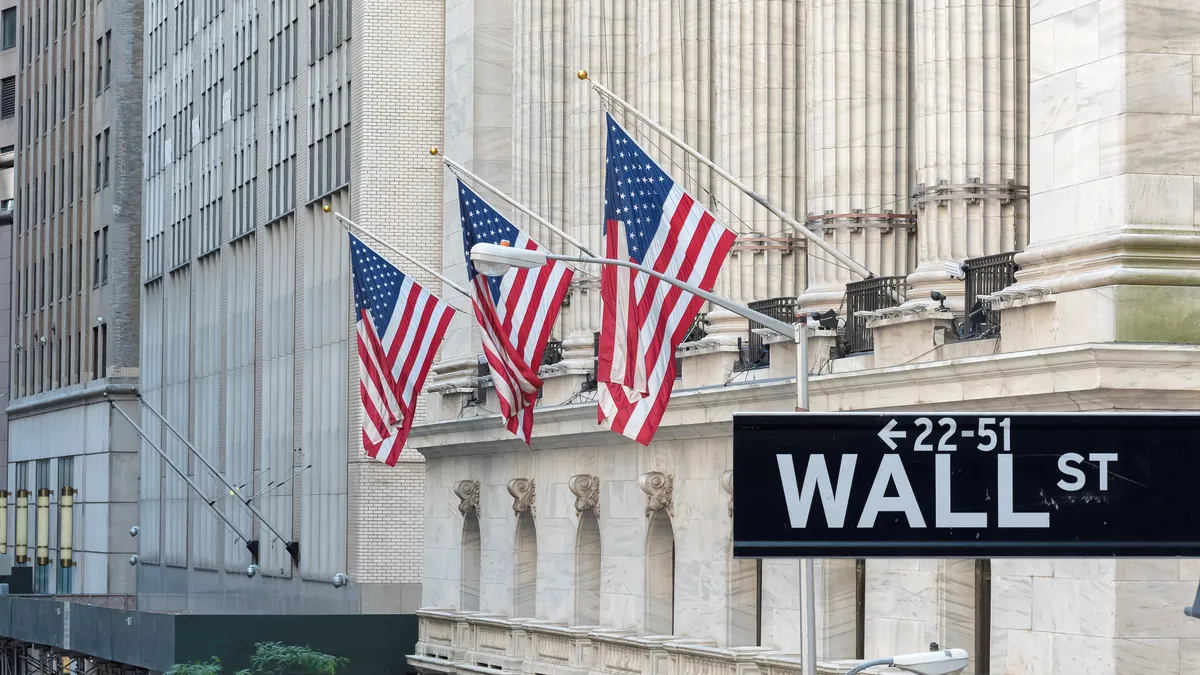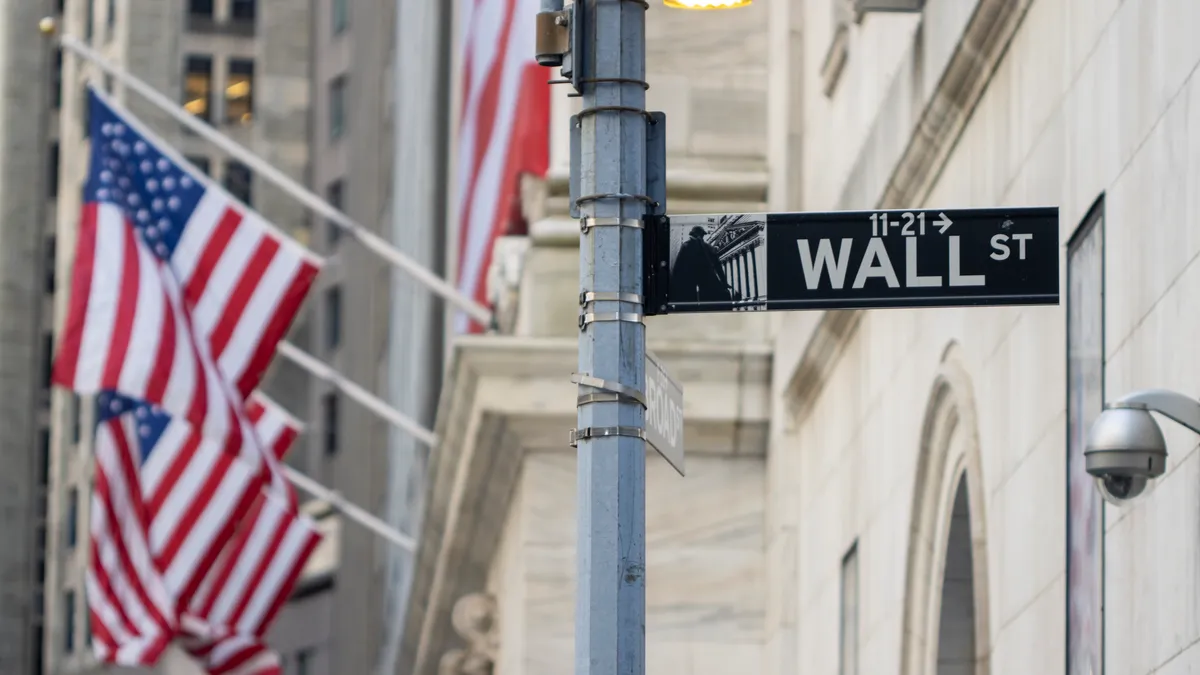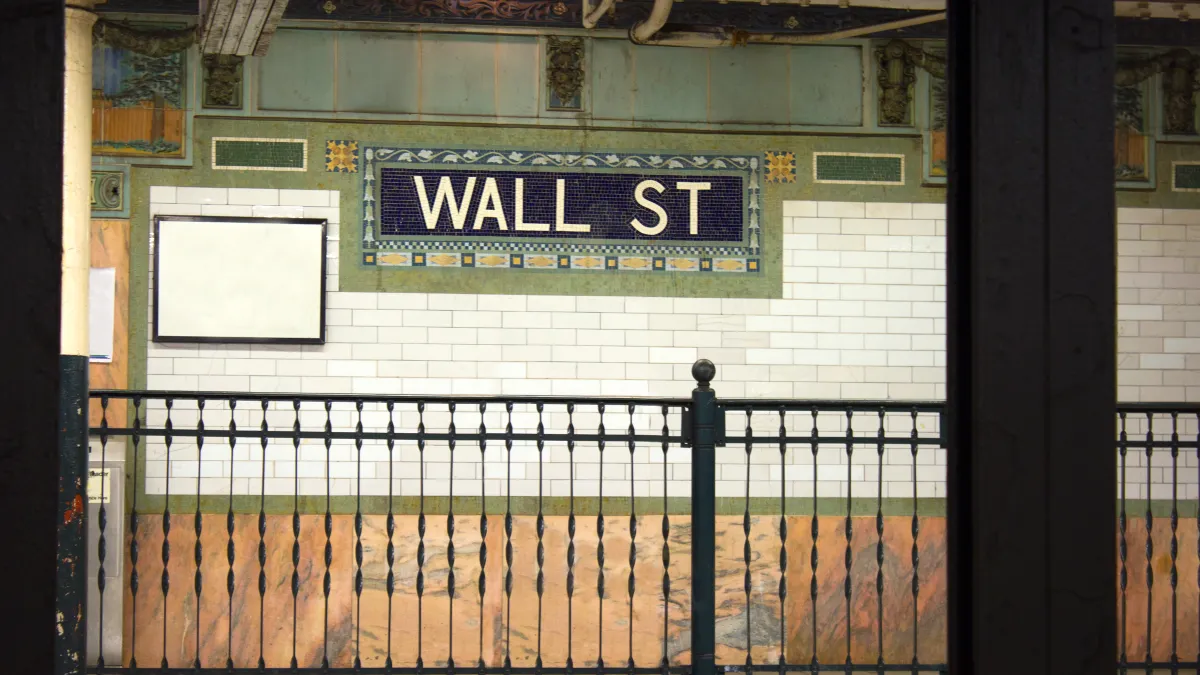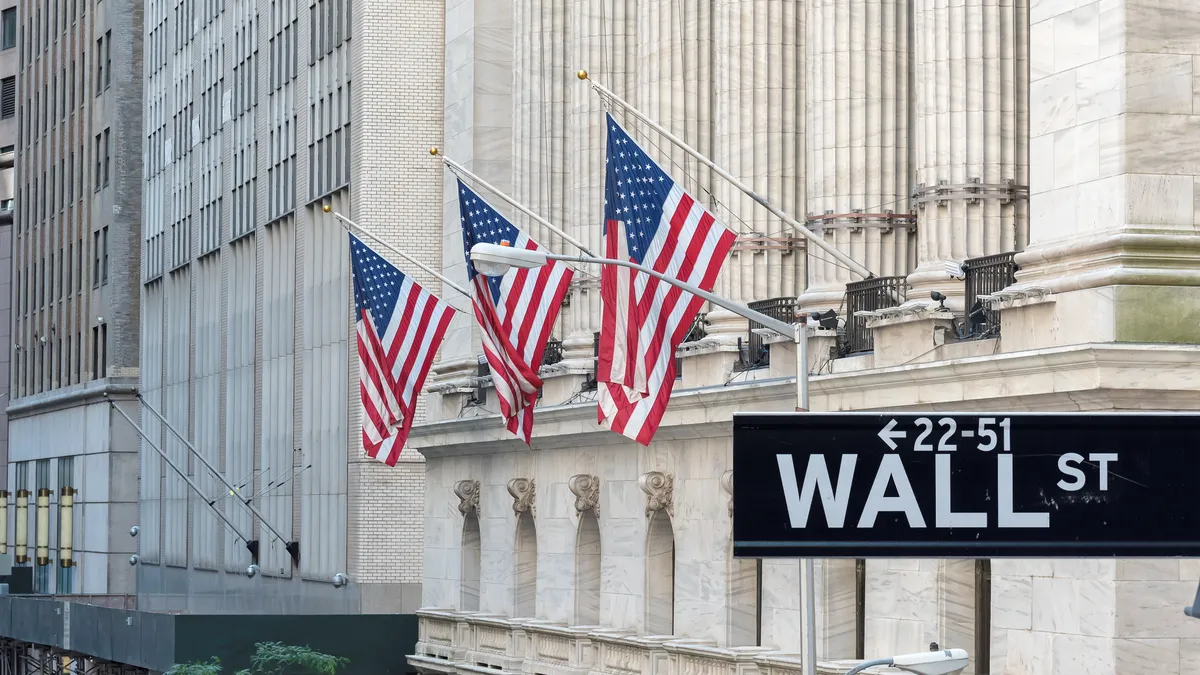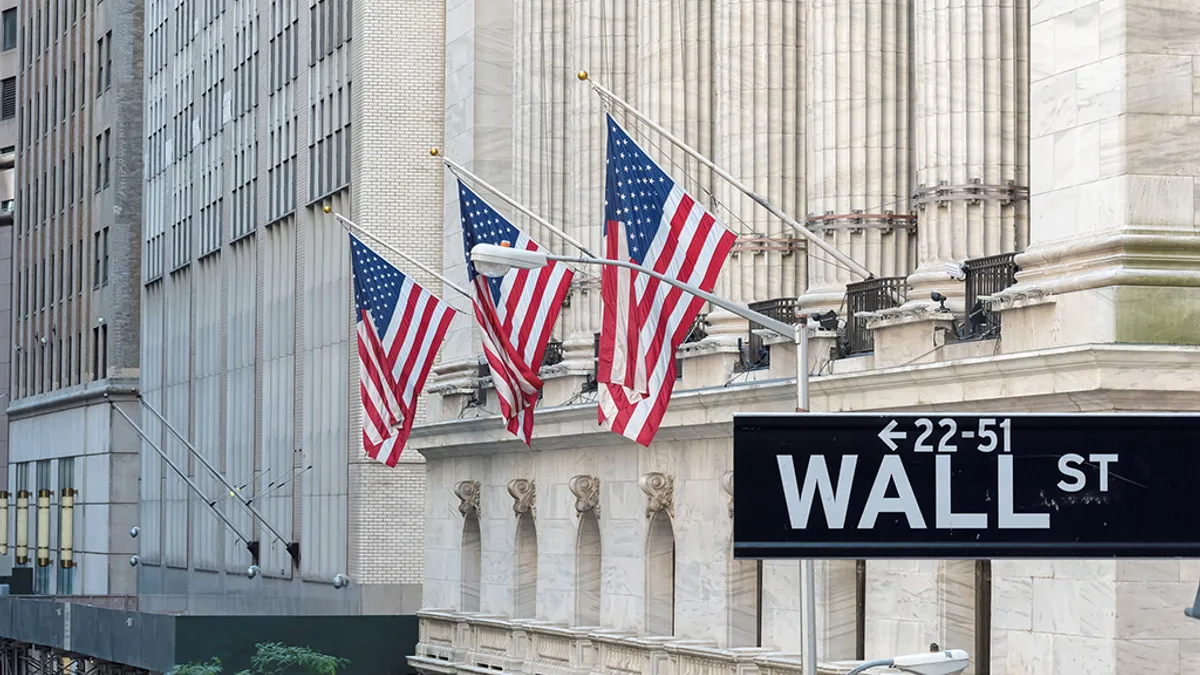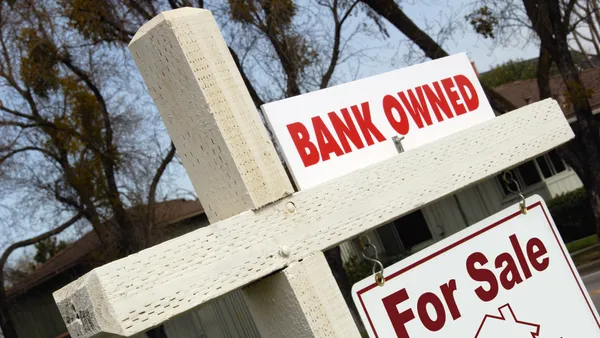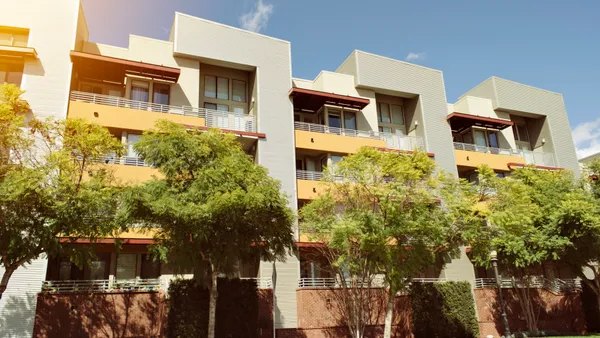On its fourth-quarter earnings call earlier this month, UDR echoed other REITs in its prediction for 2025.
In the first half of the year, it expects blended rent growth of 2% to 2.5%, Chief Operating Officer Mike Lacy said on the call. However, things should pick up after that.
“In the back half, we're probably closer to that 2.5% — maybe reaching upwards of 3%,” Lacy said.
The Highlands Ranch, Colorado-based REIT expects economic growth and apartment demand to remain resilient in 2025, according to CEO Tom Toomey. “This growth profile should be enhanced by supply pressures abating in the back half of the year from the historically high levels experienced in 2024,” he said.
The Sun Belt is currently facing new deliveries at a rate of 4% of existing inventory, which is twice the amount in coastal markets, according to UDR President, Chief Financial Officer and Chief Investment Officer Joe Fisher. But there are some signs of life.
“Positively, Sun Belt supply is down by nearly one-third compared to 2024 completions, while new supply across our coastal markets is, on average, similar to 2024,” Fisher said.
Occupancy focus
In Q4, UDR shifted to an occupancy-focused strategy, which resulted in a 50-basis-point sequential improvement versus Q3. However, there was a downside.
“As anticipated, this occupancy pivot resulted in slightly lower blended lease rate growth versus original fourth-quarter expectations, but it was the right decision to maximize NOI in 2024 and place our portfolio in a position of strength as we enter our traditional leasing season,” Fisher said.
So far in 2025, UDR has maintained occupancy above 97%, which is approximately 30 bps higher than its Q4 average.
“Underlying market rent growth has turned positive sequentially and is following normal seasonal patterns,” Fisher said. “New lease rate growth has largely bottomed across our regions, and renewal lease rate growth remains healthy in the mid-4% range. We are encouraged by these results.”
UDR expects that slower growth in the first half followed by a boost in the second half should leave overall blended rate growth at around 2.5% for 2025, with about 1% new lease growth and a 4% improvement in renewals. Its guidance assumes that resident turnover will fall 100 bps compared to 2024, equating to approximately $3.5 million of higher cash flow, Lacy said. In January, turnover dropped 500 bps YOY.
“The near-term operating environment presents some challenges, but we have successfully navigated through historically high levels of new supply, and fundamentals suggest an attractive growth outlook with 2025 same-store NOI growth expected to accelerate compared to our 2024 results,” Lacy said.
Regional outlook
Given that supply was a recurring theme on UDR’s call, it's no surprise that the Sun Belt markets, which comprise 25% of its net operating income, will fall behind its coastal metros in 2025 with same-store revenue growth of flat to positive 2%.
Austin, Texas, at -0.7%, and Nashville, Tennessee, at -0.1%, posted UDR’s weakest cash revenue growth in Q4.
“Austin and Nashville will continue to face elevated new supply in 2025, which should limit our pricing power for the third consecutive year,” Lacy said. “On a relative basis, we expect Tampa and Orlando to be leaders among our Sun Belt markets.”
On the East Coast, which comprises approximately 40% of UDR’s NOI, same-store revenue is expected to grow by 2% to 4%. “We expect New York and Washington, D.C., to be our leading markets in the region, continuing 2024's trends,” Lacy said. “We are slightly more cautious on Boston due to peak supply deliveries that are expected to occur mid-year, which could result in some pricing pressure.”
BY THE NUMBERS
| Category | Q4 | YOY Change |
| Rental income | $400.9 million | 2.5% |
| Net operating income | $277.5 million | 2.1% |
| Operating expenses | $123.5 million | 3.4% |
| FFO per diluted share | $0.48 | -21% |
| Rent per unit | $2,546 | 2.5% |
| Occupancy rate | 96.8% | 0% |
SOURCE: UDR
On the West Coast, which provides approximately 35% of the REIT’s NOI, UDR is forecast to grow same-store revenue by 1.25% to 3.25%. Its two best markets for cash revenue growth in Q4 — Los Angeles at 5.7% and Monterey Peninsula at 5.5% — are in the region. In addition, the company saw no property damage from the recent wildfires in LA.
“San Francisco, Seattle and Orange County are expected to produce upper-tier growth, while Monterey Peninsula is forecast to be softer, some of which is due to recently enacted rent control,” Lacy said.
Click here to sign up to receive multifamily and apartment news like this article in your inbox every weekday.







